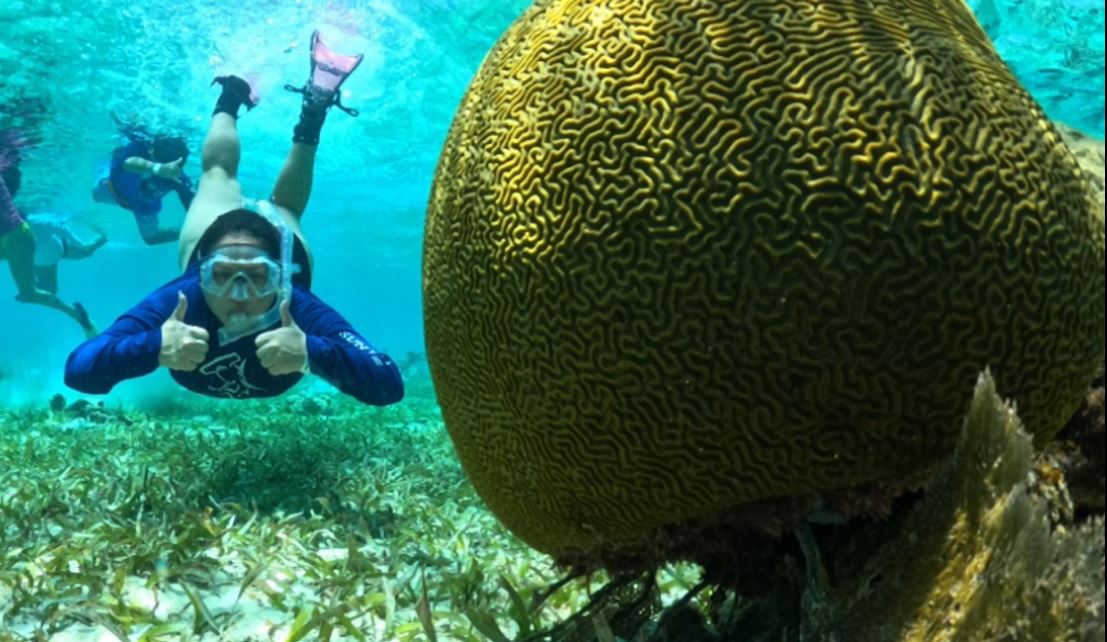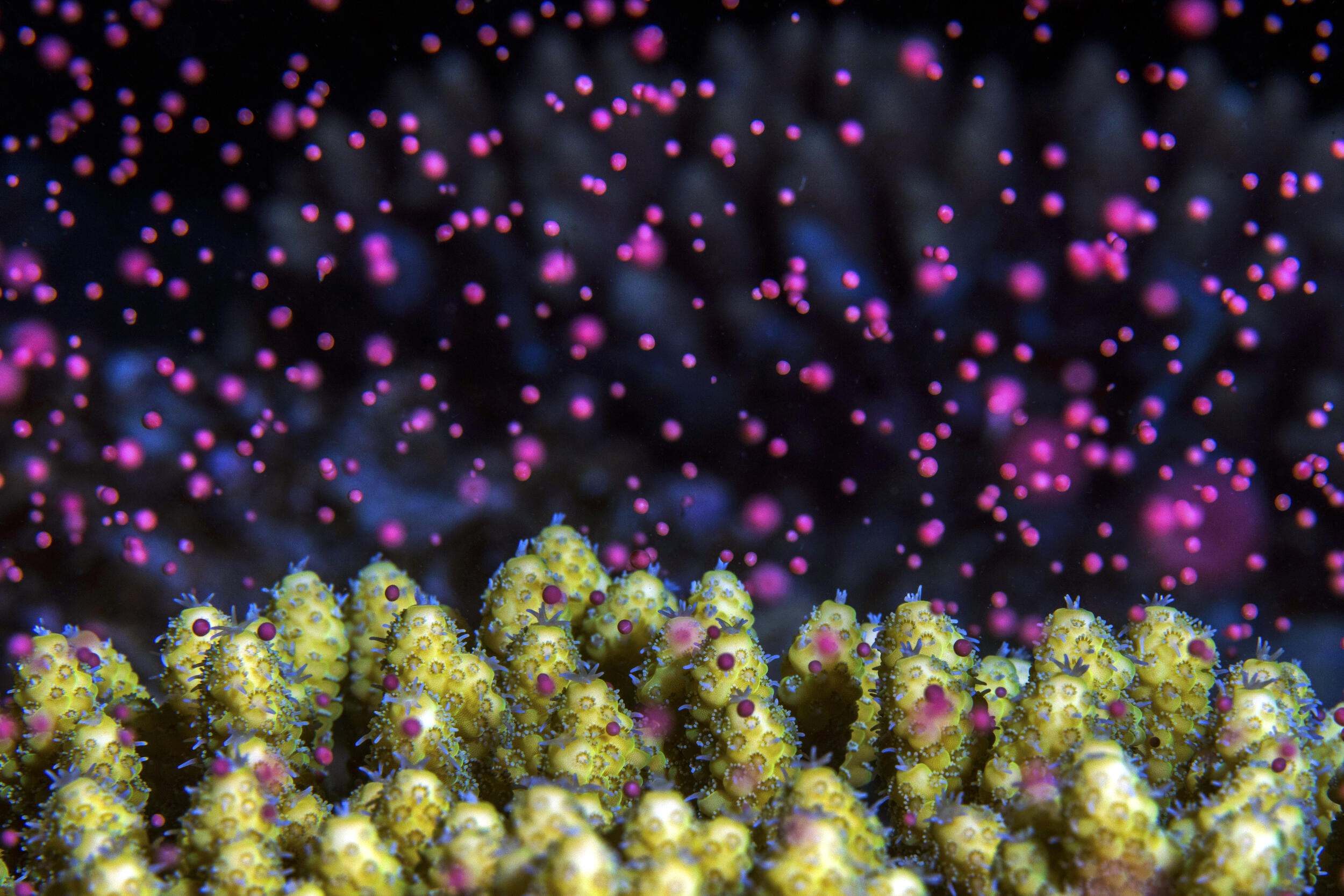The authors examine fish replenishment areas (FRAs) in the context of Hawaii’s MPA system. Because the FRAs (which restrict aquarium fishing for one target species, yellow tang fish) on 35% of West Hawaii’s coastline) are often highlighted as an example of a successful MPA, the authors sought to examine what led to their success.
In a synthesis of literature, they found that 6 common factors contribute to MPA success: level of community engagement, socioeconomic characteristics, ecological factors, MPA design, governance and enforcement. In the unique case of the FRAs, they found that community engagement was high- but largely because aquarium fisheries have a very negative public perception in Hawaii.
Additionally, creating FRAs did not lead to negative economic consequences for the aquarium fishers because (due to outside factors) the market price of other aquarium ornamental species rose at the same time as the FRA creation, thus allowing the fishers to meet demand (outside of FRAs) and increase their income. Limitations to this model were that the FRA only restricted take of one ornamental fish, though studies showed that the number of yellow tang greatly increased over the study period. Finally, though governance and enforcement are limited, the very low number (40 individuals) of highly visible aquarium fishers, combined with high negative perception of aquarium fishing and very visibly marked FRAs, mitigate any need for additional enforcement.
The unique case of FRAs is not highly replicable in an average MPA context, as the socioeconomic characteristics (relatively well-off aquarium fishers) combined with high community engagement lead to a lowered need for additional enforcement.
Author: Rossiter, J.S. and A. Levine
Year: 2014
View Abstract
Email for the full article: resilience@tnc.org
Marine Policy 44: 196–203. doi:10.1016/j.marpol.2013.08.022


